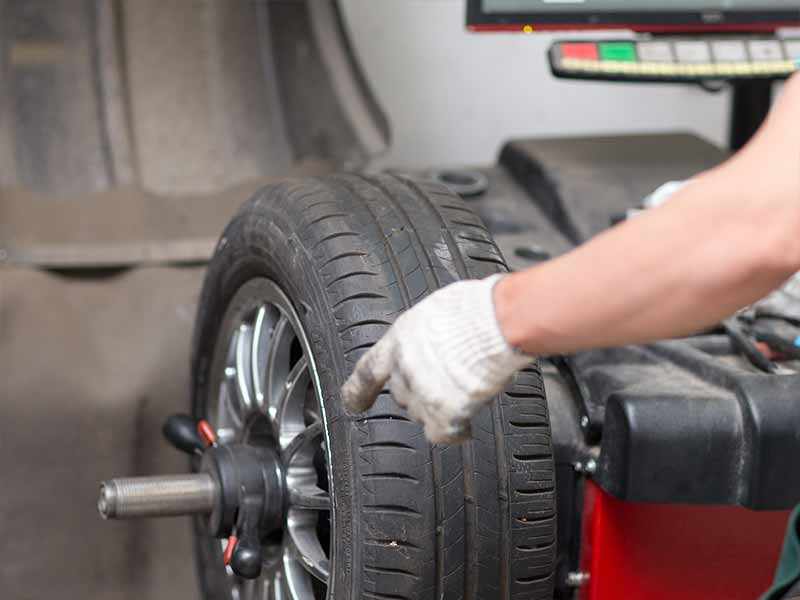An unbalanced tire can go unnoticed for longer when it’s on the rear and suddenly become very noticeable after having your tires rotated or hitting a pothole at high speed.
What Causes Unbalanced Tires
- Missing Wheel Weights
- Wheel Damage
- Damaged Tire
- Incorrect Wheel Mounting
- Manufacturing Defects
In this article, we’ll take a closer look at the various causes of unbalanced tires, as well as the symptoms to watch out for and the steps you can take to fix the problem.
Let’s take a closer look.
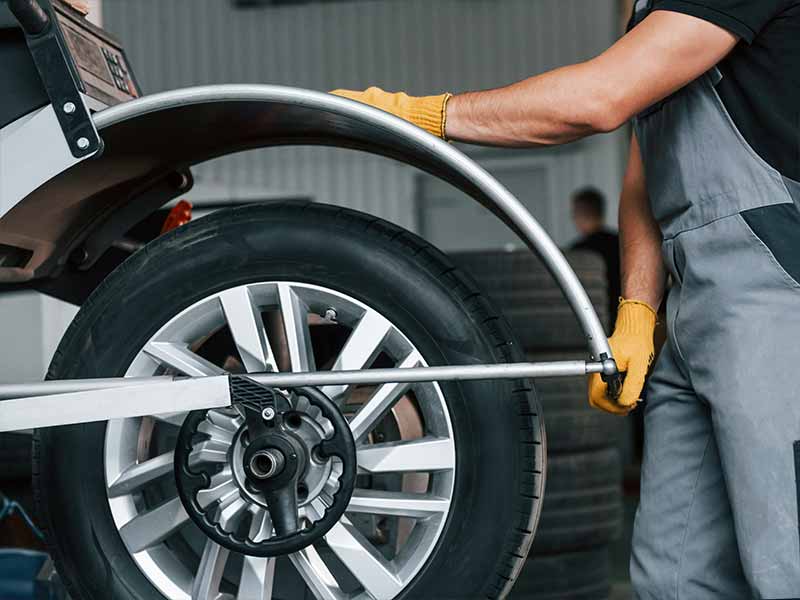
Missing Wheel Weights
Wheel weights are small, often lead or zinc weights that are attached to your wheels to help balance them. Over time, these weights can come loose or even fall off, causing your wheels to become unbalanced.
When your wheels are missing weights, you might notice some vibrations or shaking while driving. This can be particularly noticeable at higher speeds. You might also notice that your vehicle pulls to one side or the other, which can be dangerous if left unaddressed.
The good news is that missing wheel weights are a relatively easy fix. A professional can inspect your wheels and determine where the missing weights should be placed. They can then attach new weights to your wheels, restoring the balance and smoothness of your ride.
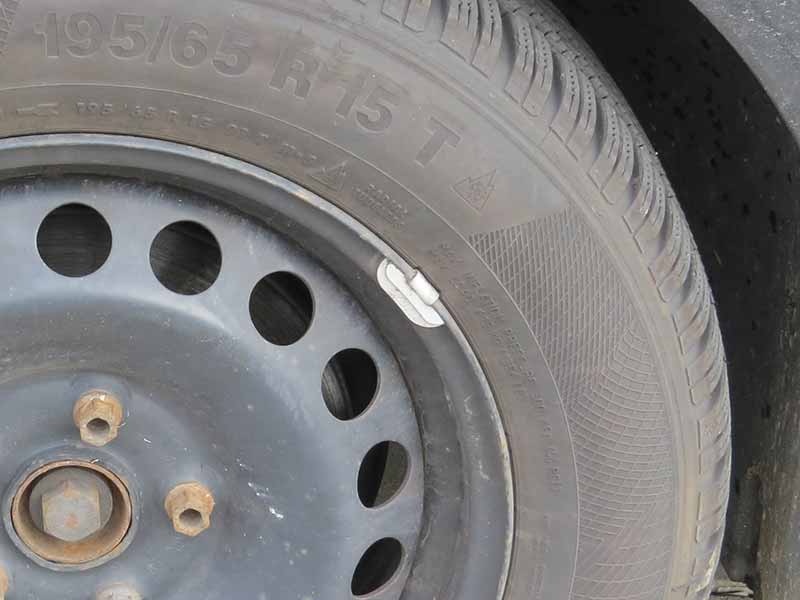
Wheel Damage
If you’ve ever hit a pothole or curb, you might have caused some damage to your wheels. Even a small bend can throw off the balance of your wheel assembly, leading to vibrations and other issues while driving.
When your wheels are damaged, it can cause your tires to wear unevenly, which can lead to even more problems. If you continue to drive on a bent or damaged wheel, it can also cause more serious damage to your vehicle over time.
If you’re experiencing any vibrations or shaking while driving, it’s important to have your wheels checked out by a professional. They can inspect your wheels for any damage or bends and determine if this is the cause of your unbalanced wheels and tires.
If your wheels are damaged, don’t worry – they can often be repaired. If your wheel is too damaged to be repaired, you may need to replace it.
You should be aware that even though bent wheels can sometimes be straightened, once a wheel has been bent out of round, it will be permanently weakened at the spot of the bend and will be more prone to bending again in the future.
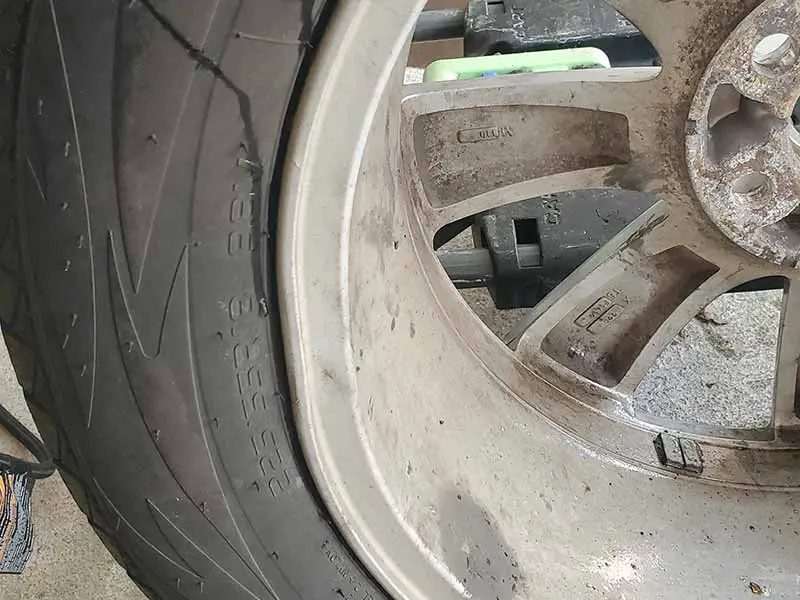
Damaged Tire
While unbalanced tires can certainly cause uneven tread wear, it’s important to note that the reverse can also be true. Uneven tire wear can actually cause your wheel assemblies to become unbalanced, leading to more vibrations and other issues.
So, how does this happen? Well, when your tires wear unevenly, it can cause the weight distribution to become imbalanced. This means that one part of the tire is heavier than the other, which can throw off the balance of your entire wheel assembly. This can cause more vibrations and shaking, which can be felt throughout your vehicle.
Sidewall bulges are usually caused by a defect in the tire construction or damage to the tire. The sidewall of the tire bulges out, which can cause the tire to become unbalanced. In some cases, the sidewall bulge can cause the tire to blow out, which can be very dangerous.
Tread separation, on the other hand, occurs when the tread of the tire separates from the rest of the tire. This can be caused by a defect in the tire construction, damage to the tire, or simply wear and tear over time. When the tread separates, it can also cause the tire to become unbalanced, which can also create vibrations while driving. Like sidewall bulges, tread separation can also lead to blowouts, which can be extremely dangerous, especially at high speeds.
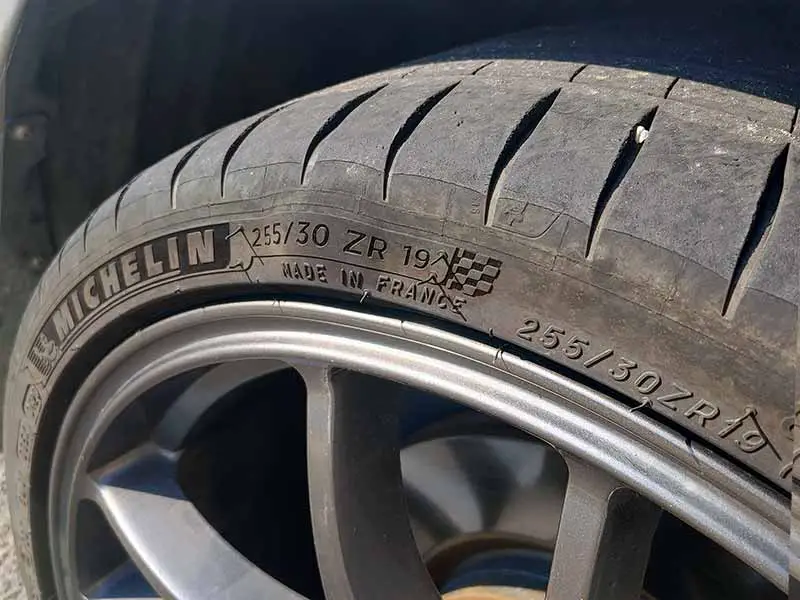
Incorrect Wheel Mounting
Believe it or not, how your wheels are mounted can affect their balance. One common mistake is over-torquing your lug nuts.
If your lug nuts are tightened too much, it can cause your wheels to become misaligned and throw off the balance of your wheel assembly. Also, if your lug nuts are not tightened enough, it can cause your wheels to become loose and wobbly, which is obviously not ideal either!
Another issue can be using the wrong size or type of lug nuts. Each vehicle has specific requirements for the size and type of lug nuts used to mount the wheels. If the wrong lug nuts are used, it can cause your wheels to become unbalanced, leading to vibrations and other issues while driving.
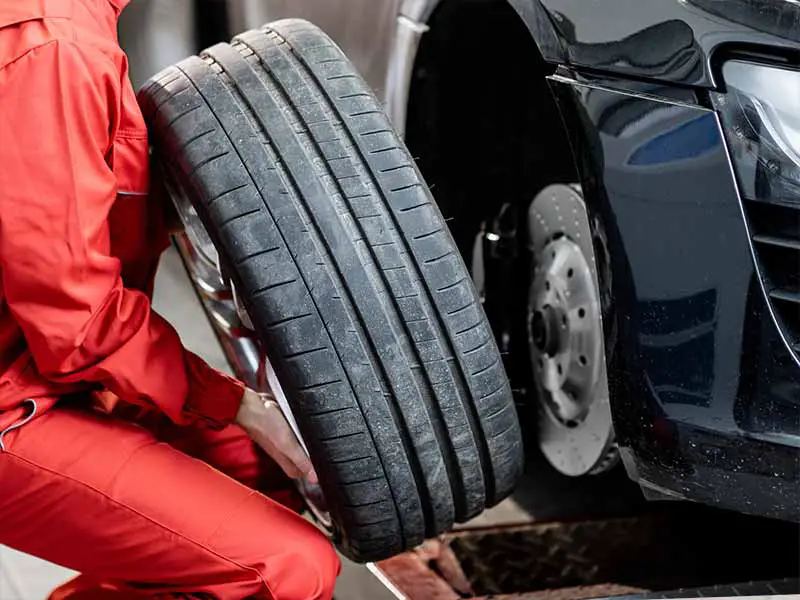
Manufacturing Defects
While it’s not as common as some of the other causes we’ve discussed, wheel and tire manufacturing defects can happen and cause balance issues.
Some common wheel defects include improperly formed wheels or damage due to rough handling during shipping. Some common tire defects include problems with separated treads or belts. These defects can cause your wheels or tires to have balance problems.
If you suspect that your wheels or tires have a manufacturing defect, it’s important to contact the shop you purchased them from or the manufacturer. They can determine if there is a defect and whether it needs to be repaired or replaced.
Manufacturing defects are quite unlikely but not impossible. If you’ve ruled out all of the other potential causes, it’s worth looking into the possibility that a defect could be the source of your problem.
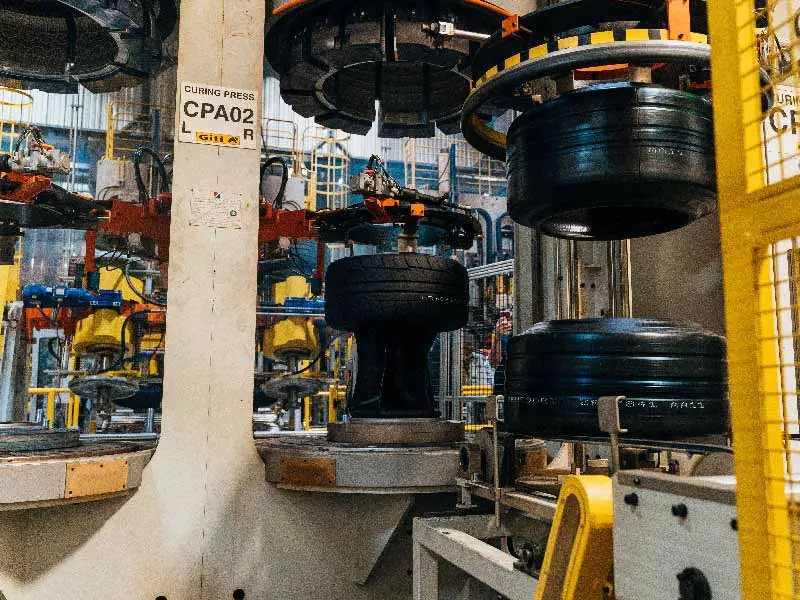
Unbalanced Tire Symptoms
When your tires are unbalanced, you might notice annoying vibrations or shaking that can be felt through the steering wheel or the entire vehicle. It’s not just a minor annoyance. Unbalanced tires can actually cause significant damage to your car or truck if left unaddressed.
So, how can you tell if your tires are unbalanced? Aside from the vibrations, you might also notice uneven wear on your tires. This can cause your tires to wear out faster, which can be costly to replace. You might also notice that your vehicle pulls to one side or the other, which can be dangerous, especially at higher speeds.
Another symptom of unbalanced tires is a decrease in fuel efficiency. If your tires are unbalanced, it can cause your vehicle to work harder and use more fuel to maintain speed. This can really add up over time and cost you a lot of money at the pump.
If you’re experiencing any of these symptoms, it’s important to have your tires checked by a professional as soon as possible. Balancing your tires is a relatively quick and easy fix, but it can make a big difference in your vehicle’s safety, comfort, and efficiency. So, if you want to avoid those annoying vibrations and keep your vehicle running smoothly, make sure to have your tires balanced regularly.
- Uneven Tire Wear
- Steering Wheel Vibration
- Poor Fuel Economy
- Worn Suspension Components

How To Tell Which Tire Is Out Of Balance
One way to tell which tire is out of balance is to pay attention to where the vibrations are coming from. If you’re feeling vibrations in the steering wheel, one of your front tires is likely out of balance. If you’re feeling vibrations in the seat or floor, it’s more likely that one of your rear tires is out of balance.
Another way to tell is to inspect your tires for signs of uneven wear. If you notice that one tire is wearing down faster than the others, it may be out of balance. You can also look for any bulges or other deformities in the tire, which can be a sign that it’s out of balance or damaged in some way.
Finally, you can take your vehicle to a professional to have it inspected. They can use specialized equipment to determine which tire is out of balance and recommend the appropriate course of action to fix the problem.
How Often Should You Balance Your Tires?
You should have your tires balanced every 5,000 to 6,000 miles or whenever you get a new set of tires. However, there are a few factors that can influence how often you should get your tires balanced. For example, if you frequently drive on rough or bumpy roads, you may need to get your tires balanced more often. Similarly, if you notice any unusual wear patterns on your tires, it’s a good idea to have them checked out by a professional.
Another thing to keep in mind is that unbalanced tires can affect not only the smoothness of your ride but also the longevity of your tires. When tires are out of balance, they usually wear unevenly too, which will wear them out more quickly.
How Long Can You Drive On Unbalanced Tires?
You can probably drive with a tire imbalance for a short distance at lower speeds without causing any serious damage. However, the longer you drive on them, the more likely it is that you’ll end up with uneven tire wear and other problems as a result.
If you’re driving on unbalanced tires for an extended period of time, you may notice that your tires wear down more quickly on one side or in one area. This will wear out your tires more rapidly and could even cause a blowout.

Resources
Below are some links you may find helpful when learning about tires
- How do I know if my tires need to be balanced? – Les Schwab
- Everything you need to know about tire balancing – Firestone
Final Thoughts
There are several causes for unbalanced tires. Some of the most common causes include missing wheel weights, incorrect wheel mounting, bent wheels, and tire damage, such as a broken belt or tread separation.
Keep an eye out for symptoms of unbalanced tires, such as vibrations or uneven tire wear. If you notice any of these symptoms, it’s best to have your tires checked out as soon as possible. Regular tire balancing can also help you identify unbalanced tires before they need to be replaced.
Good luck and happy motoring.
